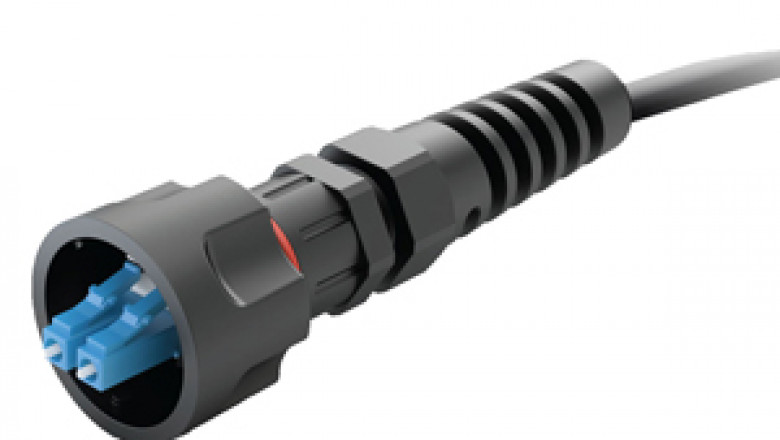views
Fiber Optic Cable Installation: Best Practices for Optimal Performance
Fiber optic cables are at the soul of modern communication systems, enabling high-speed data transfer across vast distances with minimal signal loss. Proper fiber optic cable installation ensures optimal performance, reliability, and network longevity. Whether setting up an initial network or upgrading an existing system, adhering to best practices during installation is essential.
Why Proper Installation Matters
The efficiency of a fiber optic network largely depends on how the cables are installed. Incorrect methods can increase attenuation, signal degradation, or even cable damage. Proper installation techniques help maintain signal quality, reduce maintenance costs, and increase the lifespan of the cables.
Steps for Effective Installation:
· Pre-Installation Planning:
Identify the required cable length and path to minimize wastage and avoid potential obstacles. Ensure the proper type of fiber optic cable is selected, such as single-mode or multi-mode, based on the application.
· Handling Fiber Optic Cables:
Handle cables with care to prevent micro-bends or kinks. Use appropriate cable-pulling techniques to avoid excessive stress on the fibers. Ensure the cable's minimum bend radius is maintained to prevent signal loss.
· Conduit and Pathway Preparation:
Clean and inspect conduits before inserting cables to remove debris that could damage them. Use cable lubricants if necessary to reduce friction during the pulling process. Install support systems like cable trays or brackets for overhead installations.
· Splicing and Termination:
Use precision tools for splicing and terminating fiber optic cables. Ensure connectors are clean and properly aligned to minimize insertion loss. Test spliced connections using optical power meters to verify signal integrity.
· Testing and Documentation:
Perform end-to-end testing to ensure all connections meet the required standards. For future reference, document the installation process, including cable routes and test results.
Maintenance Tips for Longevity
Once the installation is complete, routine maintenance ensures the system operates at peak efficiency.
· Regular Inspections: Check for indications of physical damage, such as connector cracks or protective coatings.
· Cleaning: Use specialized tools and solutions to clean connectors and splices to maintain signal clarity.
· Testing: Periodically test the network with power meters or OTDR (Optical Time Domain Reflectometer) to identify and rectify issues promptly.
Conclusion
Proper fiber optic cable installation is a meticulous process that demands attention to detail, skilled handling, and the right tools. Following best practices ensures optimal network performance and minimizes downtime and maintenance costs in the long run. You can establish a robust and reliable fiber optic network tailored to your needs by comprehending the steps involved and addressing common challenges.






















Comments
0 comment